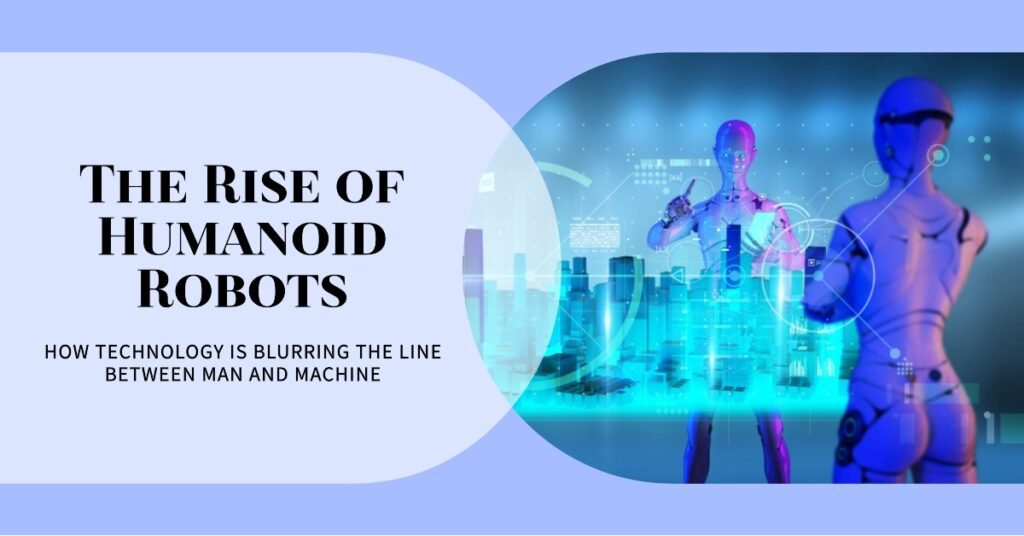
8. Robots Becoming More Human
In 2023, robots have become more human-like, with advancements in AI enabling them to understand and mimic human behavior more accurately.
One of the most significant developments in this area is the rise of “ants” – small, boxy, wheeled robots that can arrange and rearrange storage crates to order. These robots can work alongside humans, taking over heavy work and making warehouse operations more efficient.
Another key trend is the development of large language models (LLMs) such as ChatGPT, which can take on ever more sophisticated tasks. These AI models can generate human-like text, enabling robots to communicate more effectively with humans.
Moreover, robots are increasingly being used in customer service roles, where they can answer queries and provide assistance 24/7. They are also being used in healthcare settings, where they can provide companionship and assistance to elderly or disabled individuals.
However, the rise of human-like robots also raises important questions about the future of work. As robots become more capable, there is a risk that they could replace human workers in certain roles. This has sparked a debate about the need for regulations to ensure that the benefits of robotic technology are shared equitably.
In conclusion, while robots are becoming more human-like, it’s important to remember that they are tools designed to assist us. As we continue to develop and deploy these technologies, we must ensure that they are used responsibly and ethically.






